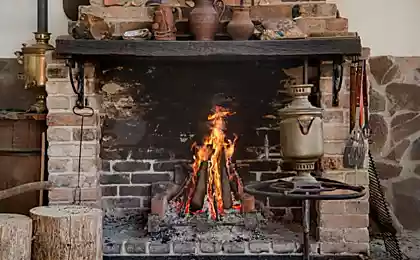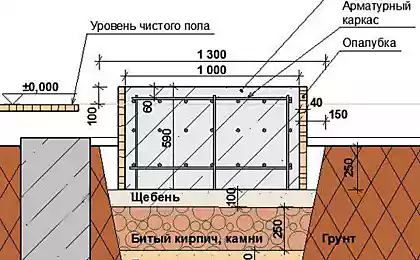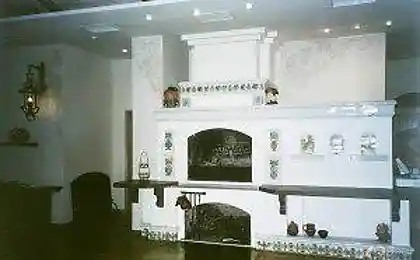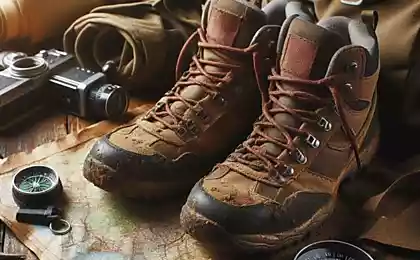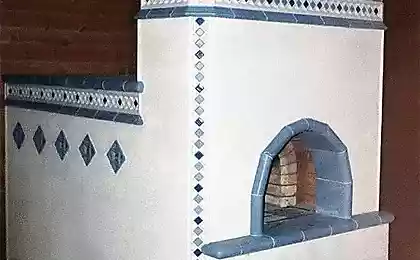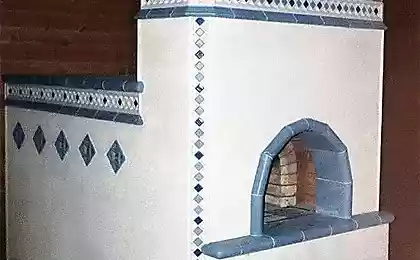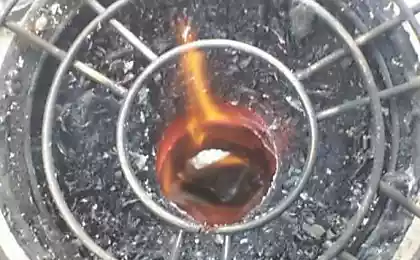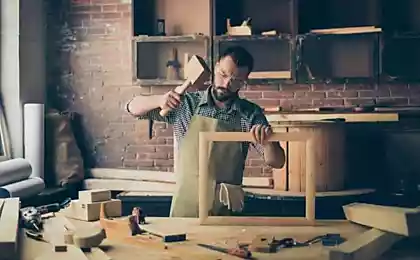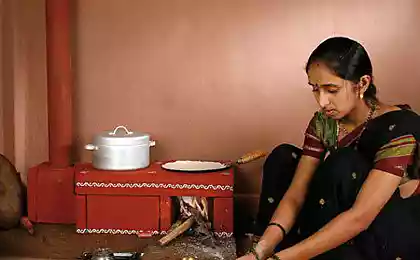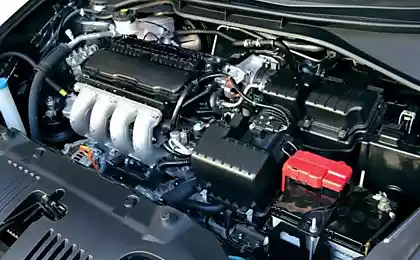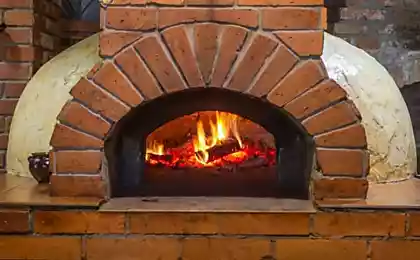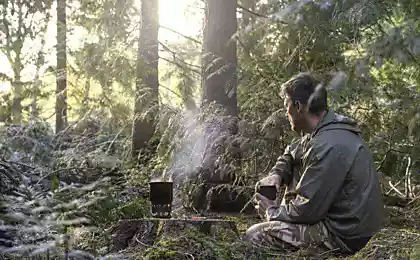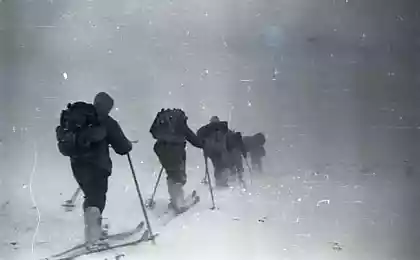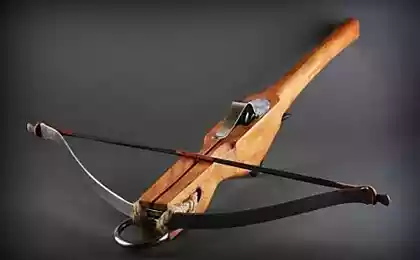1924
Stove for hiking
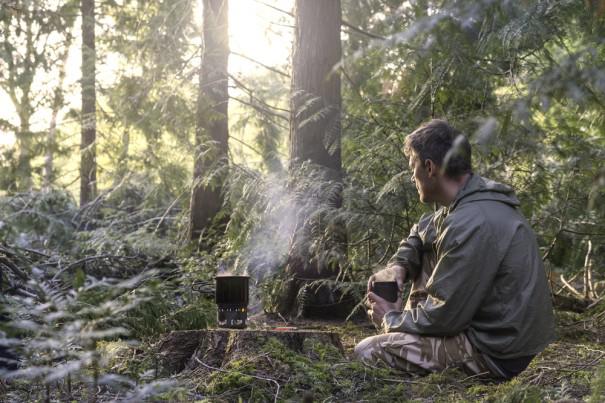
If you enjoy hiking, you know, what is crucial to the ability to provide a way to be an effective and reliable source of fire. Without it, you can not cook any food or boil water for drinking or keep warm in bad weather.
Since ancient times, people solved this problem by using a campfire. However, this method requires a fairly large amount of wood, having some skills and not too good for the environment and safety. Therefore, they were replaced by modern gas and gasoline burners that allow maximum comfort solve all the problems with the preparation of food. However, this solution also has its drawbacks. For example, if you have to multi-day trek, the weight of gas cylinders or tanks with gasoline can be quite significant, and the extra weight to carry no one wants. Or, for example, you have a flight in an airplane, where, as you know, can not carry such things, so there is a need to purchase gas and petrol already in place, it is not always possible.
Therefore, more and more tourists are turning to wood stove.
They combine all the advantages of a fire with the utmost ease and comfort of the burner. To use this stove you will need a minimum amount of fuel almost any kind: wood, twigs, pine cones, leaves, and even the dry grass. Therefore, you can use the wood stove in any area, except, perhaps, deserts and ice hummocks. And most importantly, she has an excellent efficiency, allowing to boil a liter of water is literally a few dry the chips. This is due to the special design of a stove that uses the phenomenon of pyrolysis of wood.
If you are interested in this unit, you can buy one of the finished products, such as such. And you can spend one hour and do woodburning stove tourist himself, because you only need three cans of different sizes and our instructions.
So, the first thing you have to get three cans of different sizes. First, the biggest will encage. The second smaller banks, because she fits in the first. And the last, the smallest, is useful as a hotplate. Besides this we need a marker, drill, metal shears and a small wooden block.
1. Make an assistive device
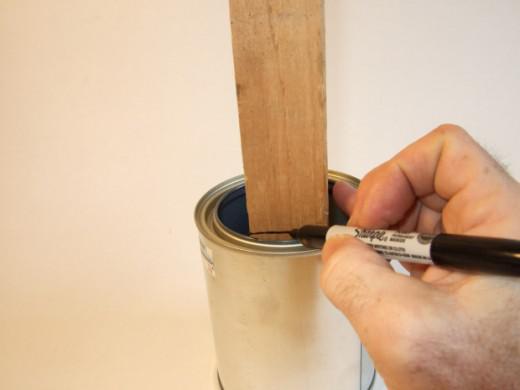
This wooden block is not part of the stove, and is used for its manufacture. With it, you will be more convenient to drill holes and perform other operations. Insert the bar into the jar and draw a marker of the two lines at about the level cap.
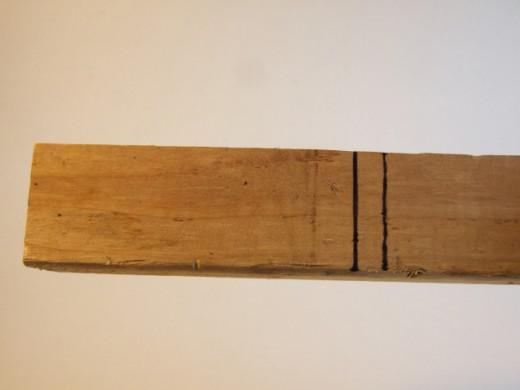
The distance between the lines should be approximately 7-8 millimeters.
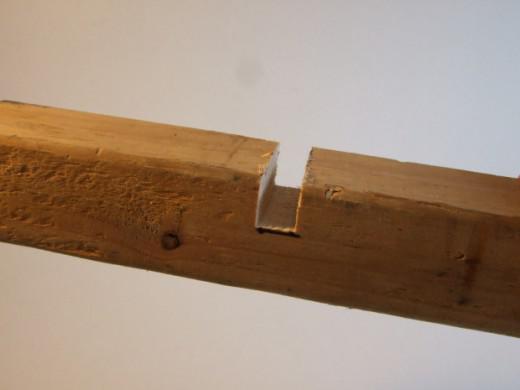
Gently Scrollsaw rectangular recess. This notch should be placed loosely upper edge of the banks.
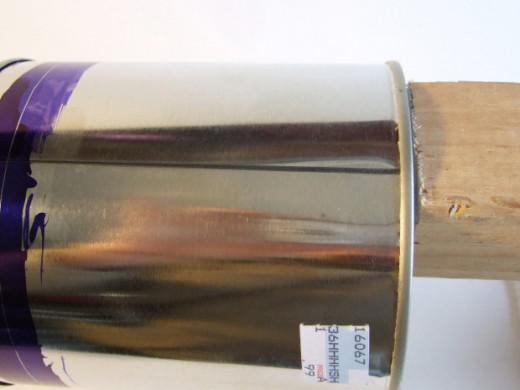
We place a wooden block so that it gave reliable support for banks. The upper edge should then sit comfortably in a recess made by us.
2. Make a hole in the bottom of the big banks
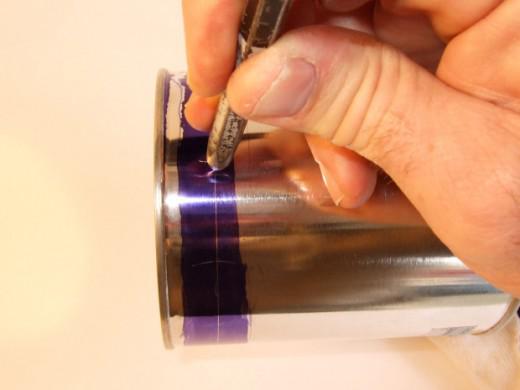
First applied to a line along the bottom edge of the can. This line is necessary to mark the points for the vents. In this case, a special dye is used for marking, but nothing will happen if you make it simple marker.
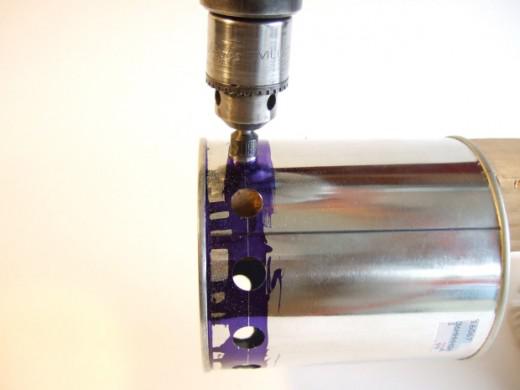
Along the lines of the grid we drill holes. Their number and size are important for the stove. If they are too small, it will not pull, if too much, then the wood will burn very quickly. So here it is better not to overdo it, to be able to dosverlit more holes after testing.
3. Drill a series of holes in the upper part of the medium-sized banks
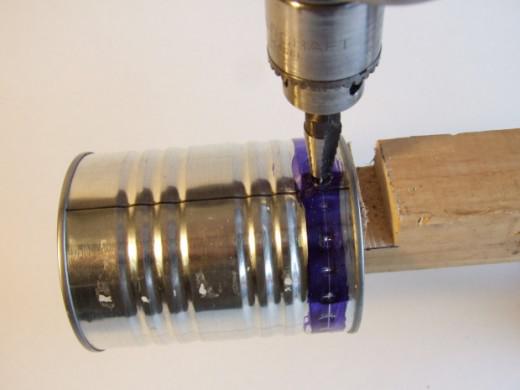
Do roughly the same manipulation with the second bank (smaller in size). Note here that a series of holes located at the top, rather than near the bottom, as in the previous case.
4. The bottom of the drilled medium banks
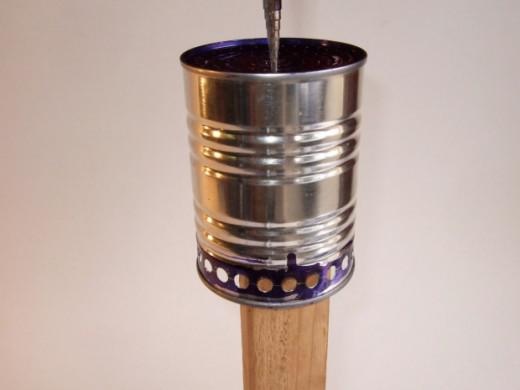
Make a plurality of holes in the bottom of the bank. Their size and number should be such that the wood could not fall out through them.

The result should get roughly the sieve.
5. Putting design
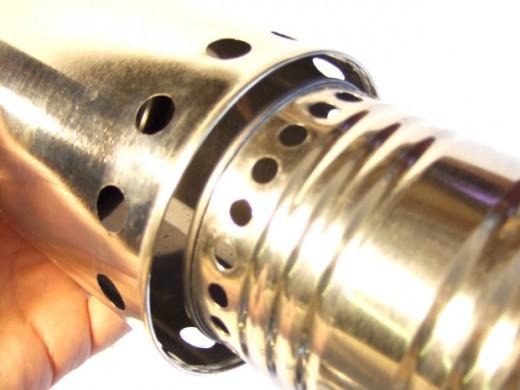
Insert the medium-sized banks in the most.

As a result of our stove consists of two cans tightly inserted one into the other. Thus between their walls remains a small gap required for air movement.
6. Making burners
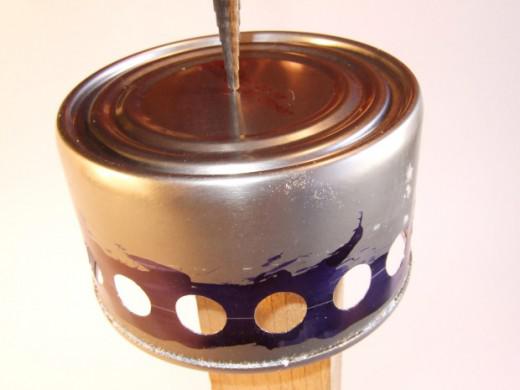
Type of burners in different designs may slightly vary. In this case, a variant to the round holes in the sidewall. Do you have them already well-learned from previous operations.
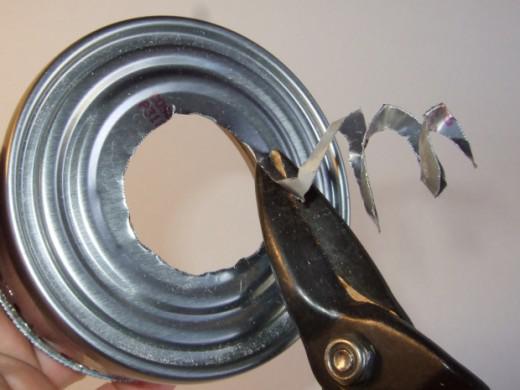
The bottom of the small can cut with scissors for metal.
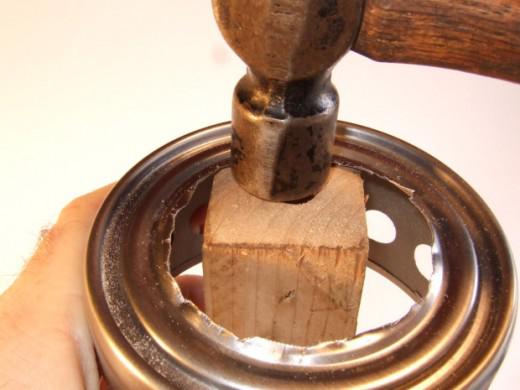
The edges can be aligned with a hammer and a file handle.
7. To test
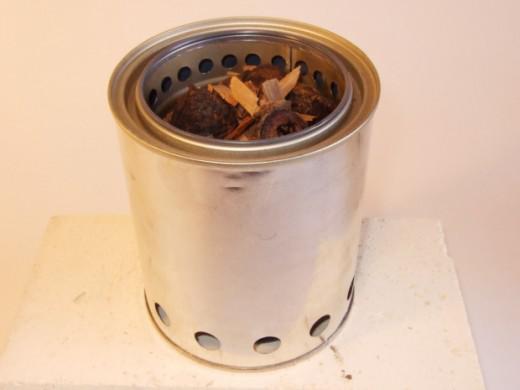
The main part of the wood-burning stove is two cans inserted into one another. Loaded in medium-sized banks combustible material, as that can be used chips, twigs, pine cones. It is best to use dry twigs on the trees because the branches lying on the ground may be more or less moist.
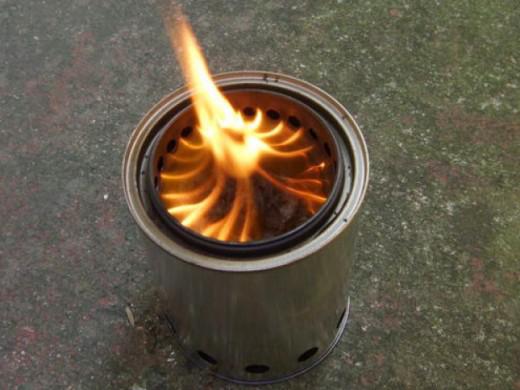
Ignite and wait until the flare. At first, it may cause some trouble, but after a few workouts will be obtained with a single match.
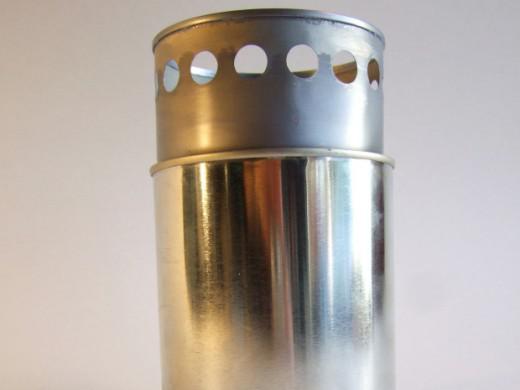
When started confident intense burning, put on top of the burner, which we have made of small banks.
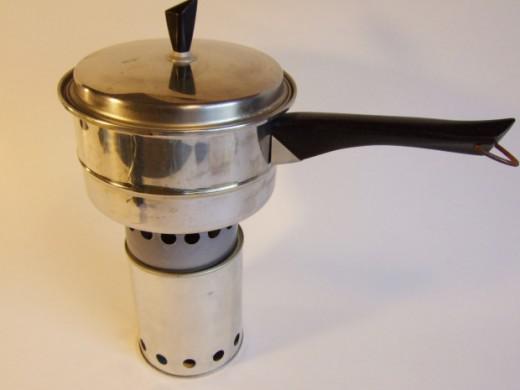
And on top of hoisting the kettle or saucepan.
If you inspected the manufacturing process to the end and did not understand or it seemed too complicated to you, then check out another option. The video below demonstrates how to make a stove without any tools other than the usual knife. So, maybe not so neatly, but no less practical.
©
